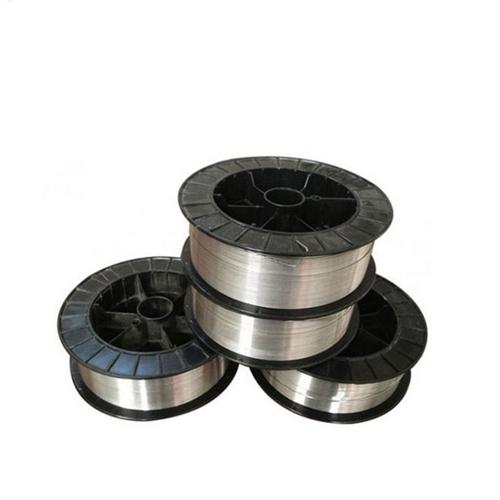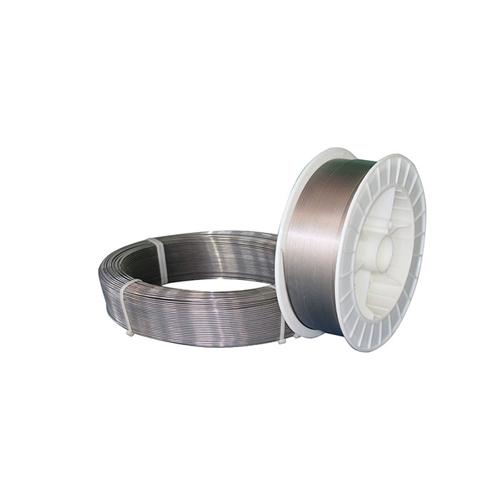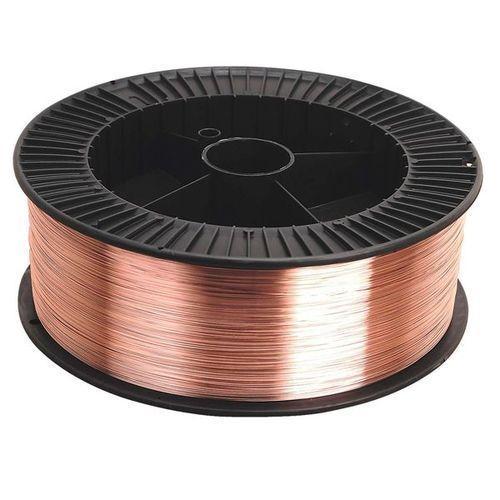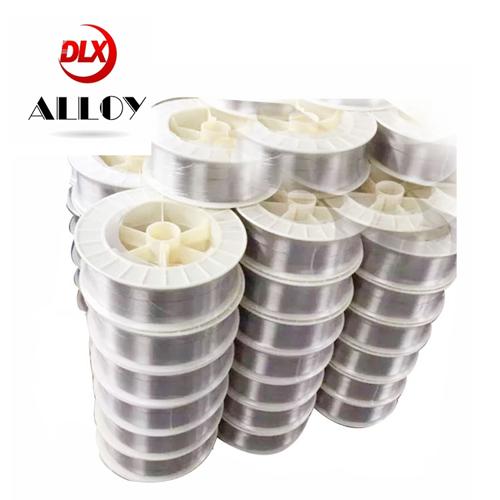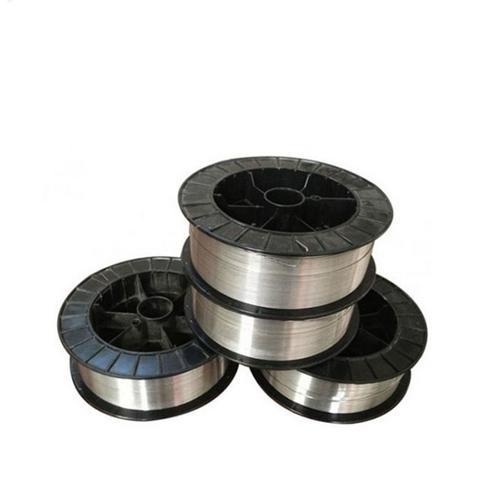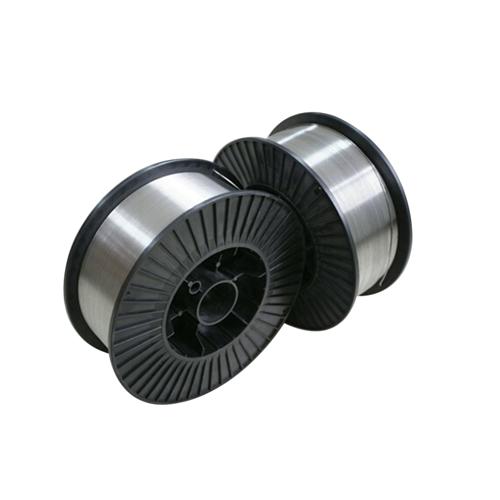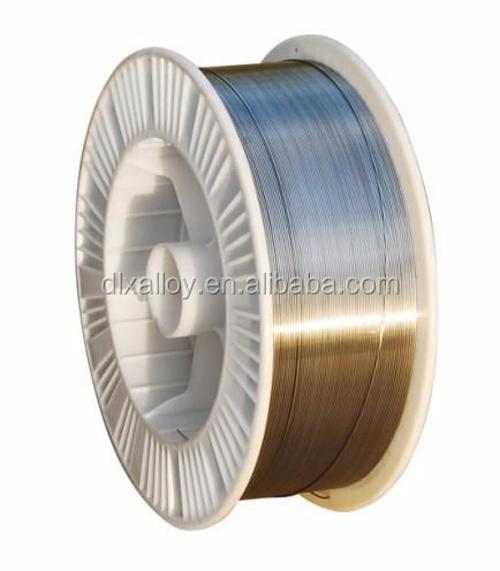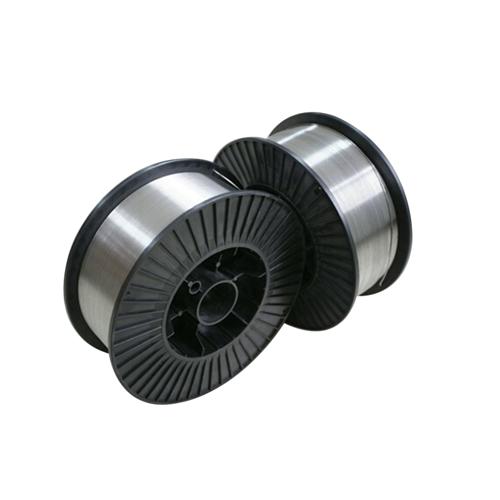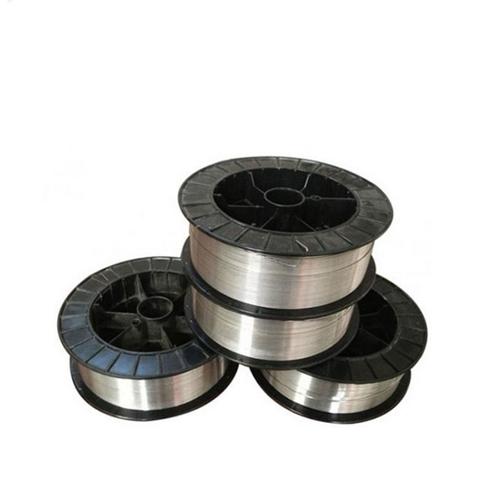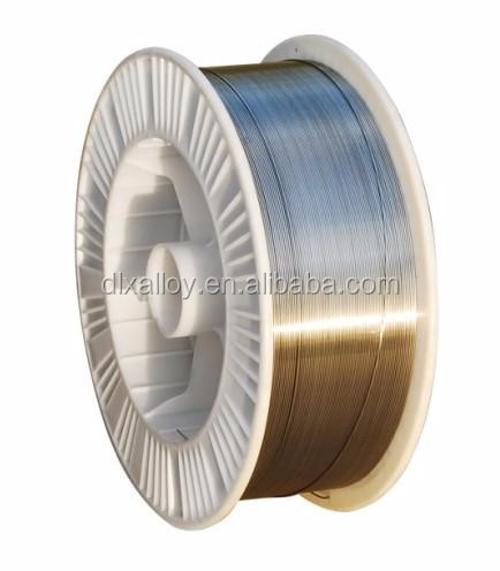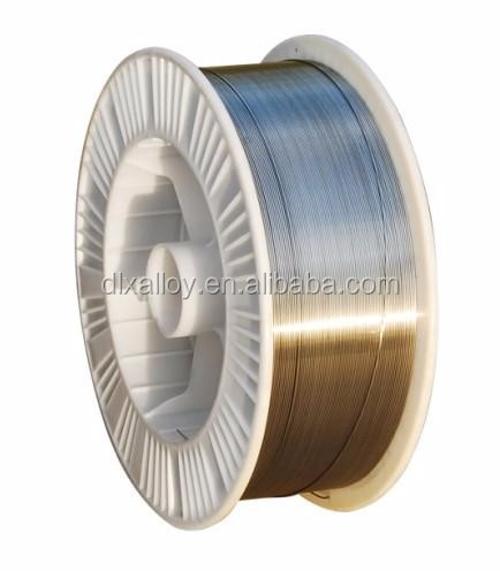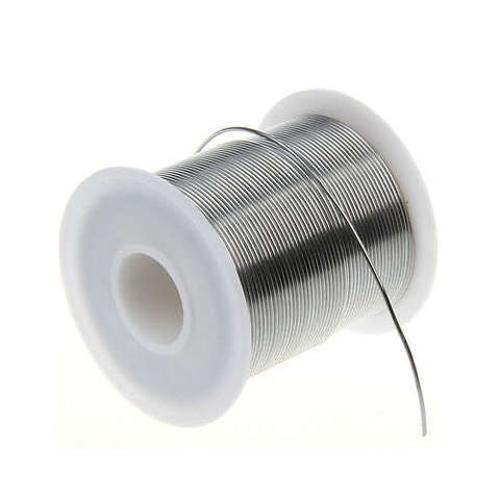Welding Series
Solder is the material used to join metals during the welding process.
Solder is mainly categorized into two types: soft solder and hard solder. Soft solder has a lower melting point and a softer texture, such as solder, and is commonly used to connect electronic components, while hard solder has a higher melting point and a harder texture, such as copper and zinc alloys, and is used in soldering applications requiring higher strength and temperature resistance1 . Hard solder has a higher melting point and a harder texture, such as an alloy of copper and zinc, and is used in soldering situations that require higher strength and temperature resistance1 .
In electronics, solder is an important industrial raw material used to connect electronic components. Solder is mainly made of tin-based alloys, which have a low melting point and facilitate soldering operations. Tin-lead alloy solder is a commonly used type of solder, of which eutectic solder is superior in performance due to its achievement of a eutectic composition (61.9% tin content and 38.1% lead content), the It is capable of melting at a single temperature, providing better soldering results23 .
There are also precious metal solders, such as those made of precious metals and their alloys, such as gold, silver, palladium, etc., for applications requiring high reliability and corrosion resistance, such as electronics, aircraft, and vacuum component connections.4 Alloy solders, on the other hand, are primarily used in the process of setting metal jewelry, where different types of solders are used depending on the needs of the different metal products. For example, solder gold may be used for gold jewelry, while silver products may use solder containing 80% silver and 20% copper, or silver-copper alloys with 2.5% zinc5 .
To summarize, there is a wide range of solder types and applications, and choosing the right solder for different soldering needs is the key to ensuring the quality and effectiveness of soldering.

